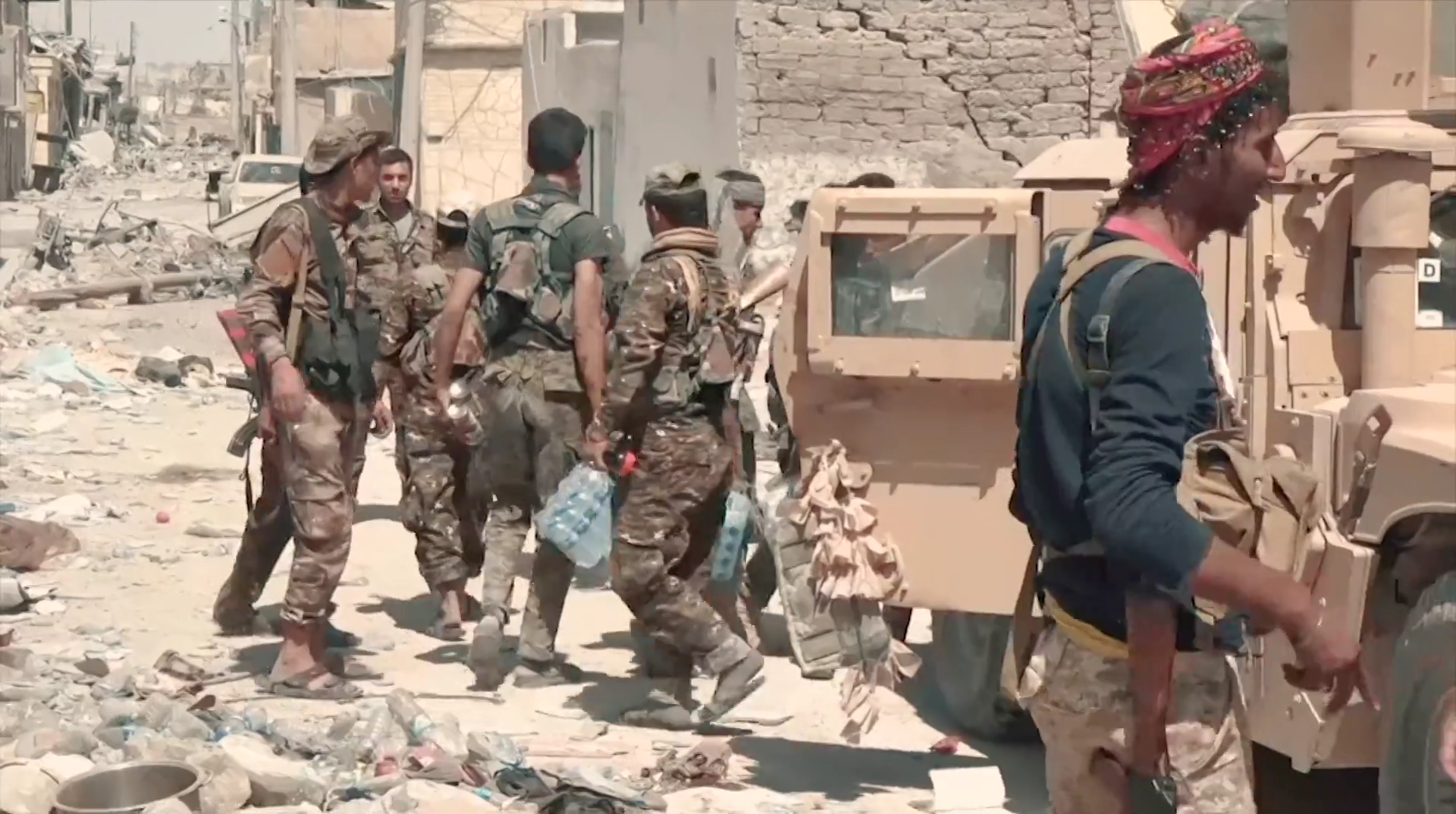Help our local partners realise their vision of hope for their communities
If Vietnam was the first televised war, it could be said that Syria is the first war documented through social media. Notoriously complex, the war in Syria comprises varied opposition to the Assad regime and is further complicated by a phenomenon that allows anyone to be a reporter. Home to diverse ethnic and religious groups, there is not such a clear-cut opposition however the predominant groups are notably the president’s sect, the Alawite Shia; Arab Sunnis, who make up the majority of the Muslim population; and the last 5 years has seen the rise of the so-called Islamist State (IS).
Despite the conflicting interests of these groups, they share an apparent utilisation of social media in broadcasting and furthering their message. A scroll through President Assad’s Instagram account alludes to a gentle, kind-hearted leader with images depicting affection from his supporters, and meetings with dignitaries; seemingly unaware of the planned offensive targeting Idlib and its 3 million inhabitants.
His wife, Asma Assad, also utilises her Instagram account to build a picture of a charitable and caring First Lady with a feed littered with images of her at the bedside of the hospitalised, embracing women in army combats, and reaching down to partake in activities with children. Together, they present a situation in Syria remarkably different to that of regular airstrikes and continuing violence publicised elsewhere.
Syrian rebels have also turned to social media to convey their message and portray an image alternative to that of the president. YouTube has been the favoured platform to broadcast protests, including videos of warfare such as the retaliation against warplanes in Idlib, and for self-promotion.

The use of social media amongst rebel groups is so central to their fight against Assad that there is often a dedicated team managing social media outlets, focusing on producing and uploading content that documents the groups’ activities. These videos have allowed for increased international awareness of groups such as Suqour al-Sham headquartered in eastern Idlib, and Umma Brigade in southern Idlib.
Facebook has also been employed to raise funds in order to increase operational capabilities and organise protests, and in 2012 a rebel attack was liveblogged from the town of Harem. The accessibility of these capacities has allowed ordinary users to align themselves to groups supporting or condemning the government, as well as the establishment of internal networks of groups in uniting against Assad.
But it is not just the President and his opposition that is using social media to their advantage. Alongside the obvious adversaries, jihadists are logging online to deliver their messages, spreading propaganda within Syria and internationally, focusing on the Syrian Arab Spring as a foundation of support in the form of a reorganised terrorist group.
Sites such as YouTube and Twitter are often the favoured platform in developing a message of terror, instilling fear in civilians and establishing themselves. Social media has proven vital in fundraising and recruitment, whereby violent videos are shared on YouTube in an effort to enlist further recruits and portray an anti-Western message.
Graphic videos of executions surfacing online are not uncommon, and during a Europol crackdown on IS and al Qaeda material, more than 2000 extremist items were identified across various social media platforms. In turn, efforts to quell the spread of terrorist related content online has resulted in IS developing their own social media platform, taking propaganda out of the control of mainstream platforms.
The varied use of social media, and its ever-increasing accessibility, brings to the fore questions of the reliability of published content as it becomes apparent that groups are uploading to benefit their own cause. Furthermore, the actions taken by the Syrian government to monitor dissidence, as well as fragmented telecom infrastructure makes ambiguous the true opinion of civilians posting on social media due to fears of speaking of political activity.
Despite this, some young activists have taken to Twitter to document the impacts of the conflict on civilians.

15 year old Muhammad Najem tweets from Idlib after being displaced from his home of Eastern Ghouta, expressing concern that Syrian civilians have been forgotten by the international community, alongside videos and images of a heavily bombarded city. In one video he films himself with a backdrop of a city reduced to crumbling concrete, with a caption comparing the effects of the war to “Europe before 80 years ago [sic]”.
Where mainstream media share images typical of conflict, of airstrikes and buildings reduced to rubble, via reported news stories, social media allows for the compelling rawness of an unedited clip of a teenager in a conflict zone, and evidences the everyday reality of Syrians.
Although social media may be said to be limited in impact in oppositional protests (for ‘the virtual stays virtual’), and images presented can be manipulated, the role of social media in the portrayal of conflict is increasingly important as it covers aspects that are unreported by national and international outlets.